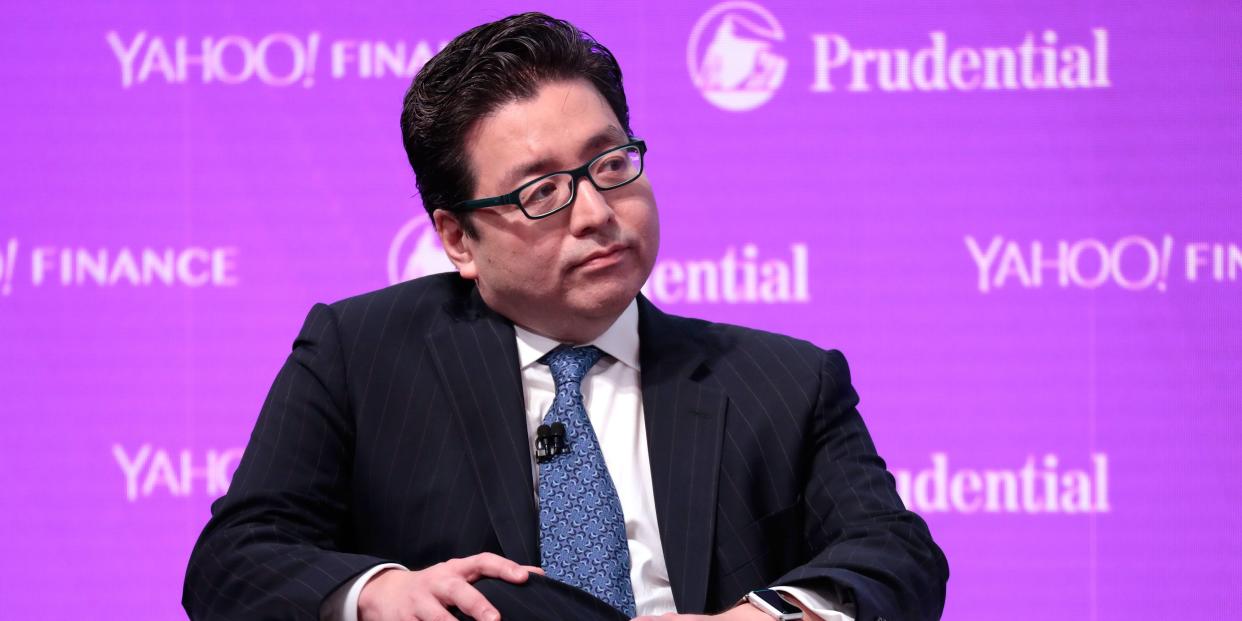History shows the bear market is almost over as length of most declines are typically 21% of the prior bull run, Fundstrat says

The bear market in stocks is nearing its end as the duration matches historical declines, Fundstrat's Tom Lee said.
He believes the "buy the dip" regime has returned to the stock market and that the low is in.
The prior bull market from March 2020 to January 2022 was short, so "makes sense should be a short bear market," Lee said.
The bear market in stocks is almost over, according to Fundstrat's Tom Lee, who told clients in a Wednesday note the odds are high that the bottom is in and a "buy the dip" regime has returned.
Lee's confidence in his call that the bear market is essentially over is based on prior bear market declines and the fact that they are ultimately retracements of prior bull market runs. "A bear market is [an] unwinding [of] the prior gains," he said.
Fundstrat found that since 1942, the median duration of a bear market is 21% of the length of its prior bull market run, while the average is 31%.
Meanwhile, the last bull market from March 2020 to January 2022 was 651 days long, while the current bear market in stocks has been 164 days long, or 25% of the prior bull market run.
"Many investors think 'more time' is needed for this bear market. But given the shortness of the preceding bull market of 651 days versus [the] median [bull market of] 1,309 days, the corresponding bear market should also be shorter," Lee said.
That, combined with Lee's view that the stock market already experienced its fundamental capitulation in mid-June, means a "buy the dip" regime is back and it's likely to generate strong returns for investors going forward.
When more than 54% of S&P 500 stocks fall more than 20% from their 52-week highs, the forward returns are very strong. This criteria was hit on June 17, when 73% of S&P 500 stocks were down more than 20% from their record highs.
"In 3-month, 6-month and 12-month, the best decile for returns is when this figure is oversold [greater than] 54%, hence, buy the dip regime is in force," Lee said. Those forward returns stood at 7.6%, 11.3%, and 20%, respectively, with a positive win ratio of at least 73%.
"In our conversations [with clients], most cite the fundamental risks: inflation is still high, recession is still coming, EPS downgrades coming, too short to be a proper bear, Fed still hiking. While many cite this, look at how well stocks are reacting to incoming news," Lee said.
"If investors are bracing for the worst, bad news itself has less impact, argues to 'buy the dip.'"
Read the original article on Business Insider

